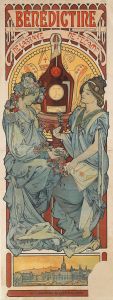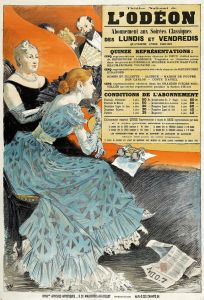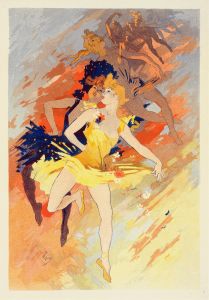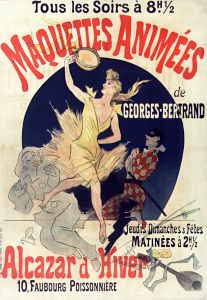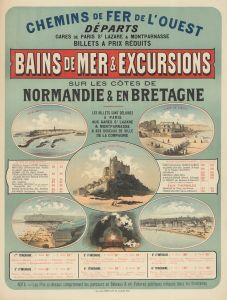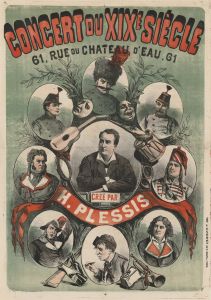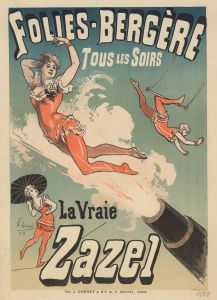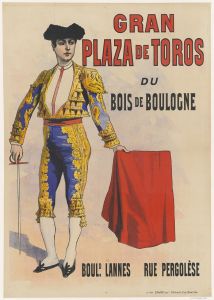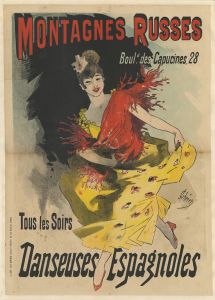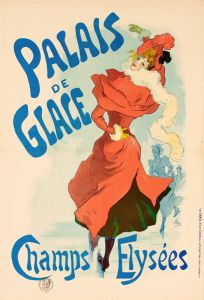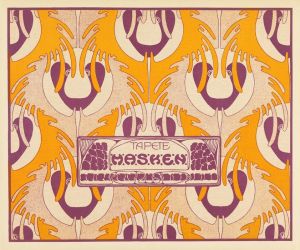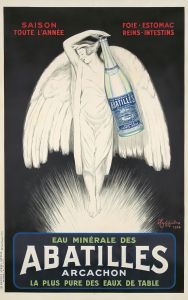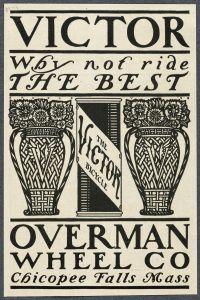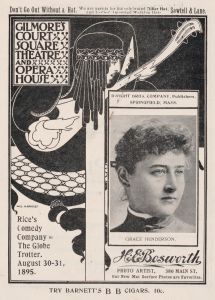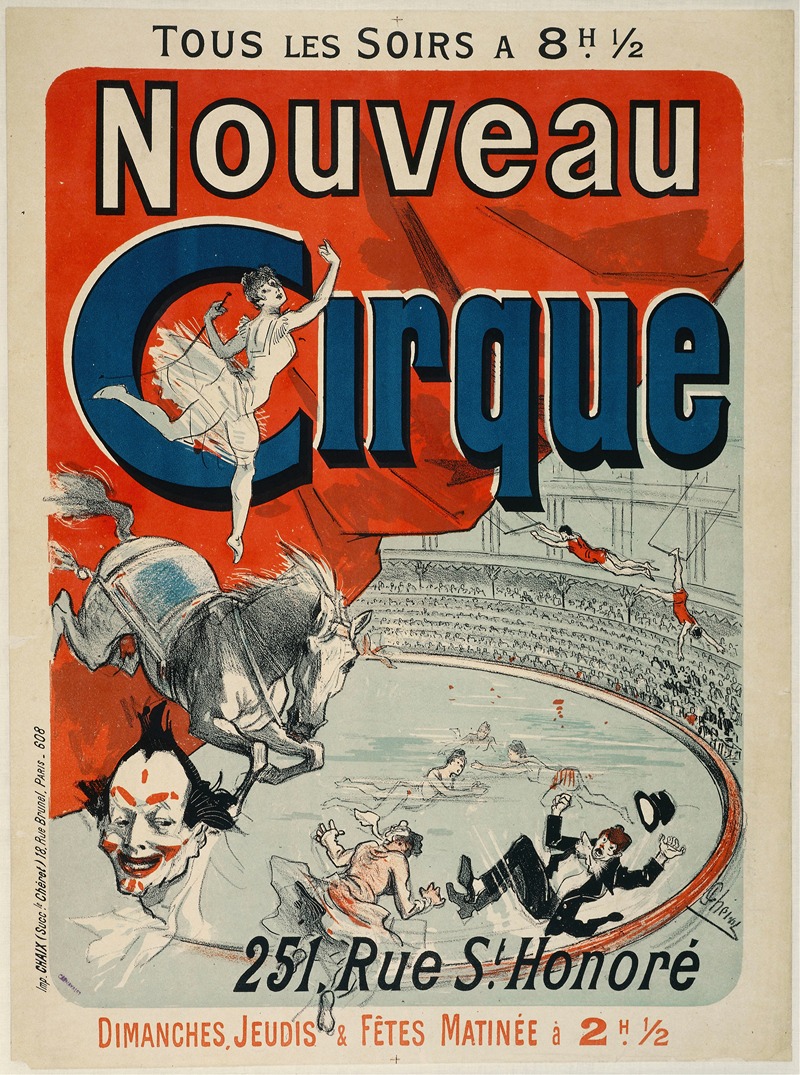
Nouveau Cirque, 251, Rue St. Honoré
A hand-painted replica of Jules Chéret’s masterpiece Nouveau Cirque, 251, Rue St. Honoré, meticulously crafted by professional artists to capture the true essence of the original. Each piece is created with museum-quality canvas and rare mineral pigments, carefully painted by experienced artists with delicate brushstrokes and rich, layered colors to perfectly recreate the texture of the original artwork. Unlike machine-printed reproductions, this hand-painted version brings the painting to life, infused with the artist’s emotions and skill in every stroke. Whether for personal collection or home decoration, it instantly elevates the artistic atmosphere of any space.
"Nouveau Cirque, 251, Rue St. Honoré" is a notable poster created by the French artist Jules Chéret in 1891. Jules Chéret, often referred to as the "father of the modern poster," was a pioneer in the field of commercial art and is credited with transforming the poster into an art form. His work is characterized by vibrant colors, dynamic compositions, and a sense of movement and joy, which were revolutionary at the time and had a significant influence on the development of graphic design.
The poster was commissioned to promote the Nouveau Cirque, a popular circus located at 251 Rue St. Honoré in Paris. The Nouveau Cirque was established in 1886 by Joseph Oller, who was also the co-founder of the famous Moulin Rouge. The circus was known for its innovative performances, which often included aquatic spectacles, as the venue featured a unique water basin that could be filled and drained for various acts.
In "Nouveau Cirque, 251, Rue St. Honoré," Chéret captures the lively and festive atmosphere of the circus. The poster features a central female figure, likely a performer, dressed in a colorful costume and striking a dynamic pose. She is surrounded by other circus performers and elements that suggest the excitement and variety of the shows offered at the Nouveau Cirque. The use of bright, contrasting colors and fluid lines is typical of Chéret's style and helps to convey the energy and allure of the circus.
Chéret's posters were not only advertisements but also works of art that were highly regarded and collected. His ability to blend artistic quality with commercial appeal made his posters stand out in the crowded streets of Paris, where they were displayed. Chéret's work played a crucial role in the development of the Belle Époque aesthetic, a period marked by optimism, cultural flourishing, and artistic innovation in France.
The Nouveau Cirque itself was a significant cultural institution in Paris during the late 19th and early 20th centuries. It attracted a diverse audience, including both the working class and the bourgeoisie, and was a place where people could enjoy a wide range of entertainment. The circus's innovative use of water in performances set it apart from other entertainment venues of the time and contributed to its popularity.
Jules Chéret's contribution to the world of art and advertising is well-documented, and his posters remain iconic examples of the Art Nouveau movement. "Nouveau Cirque, 251, Rue St. Honoré" is a testament to his skill in capturing the spirit of the era and the excitement of the circus. Today, Chéret's posters are highly valued by collectors and are considered important pieces of art history, reflecting the vibrant cultural life of Belle Époque Paris.





